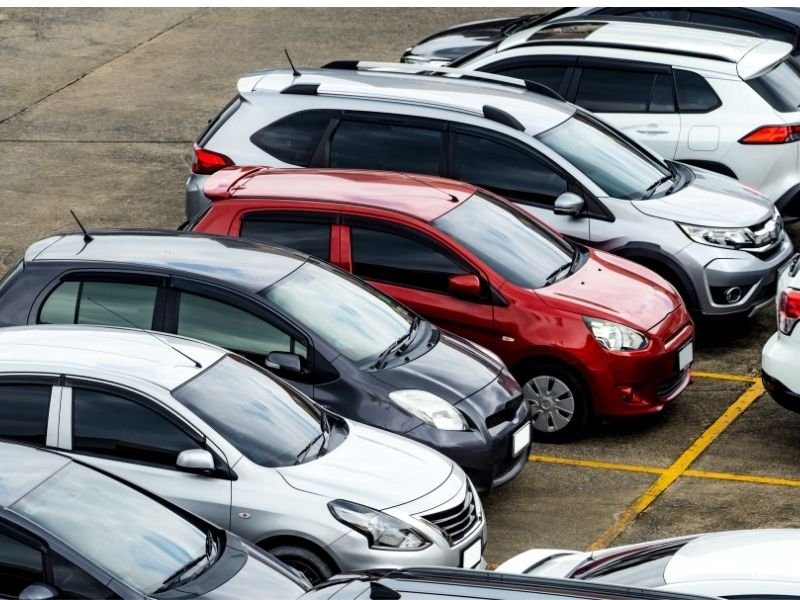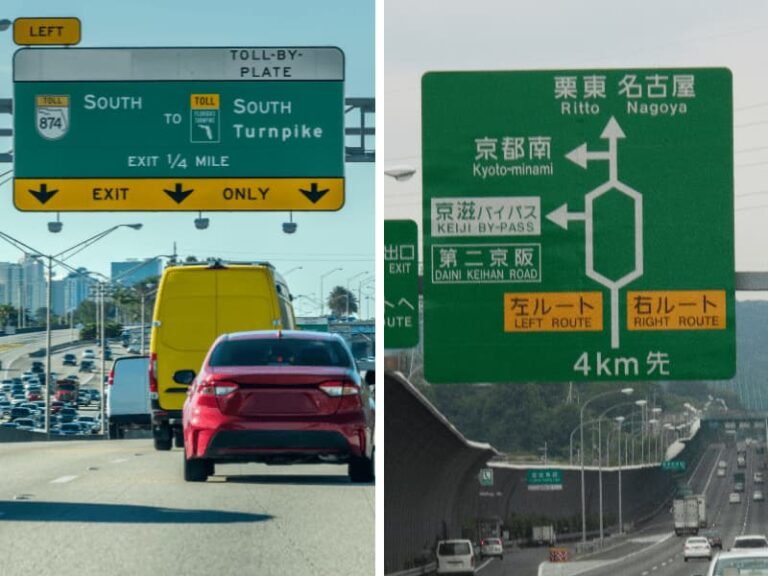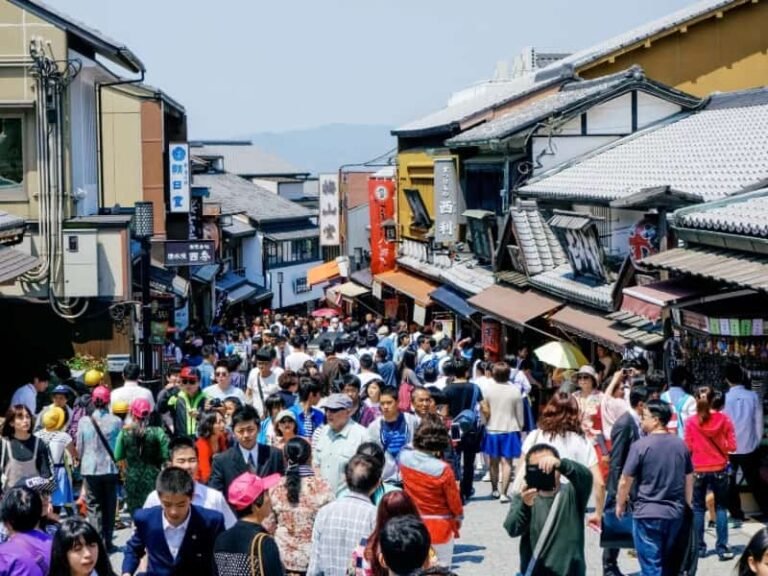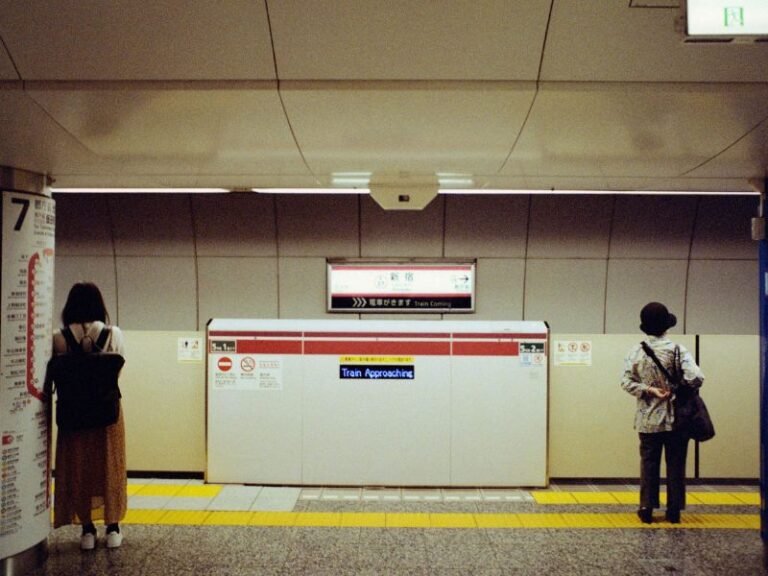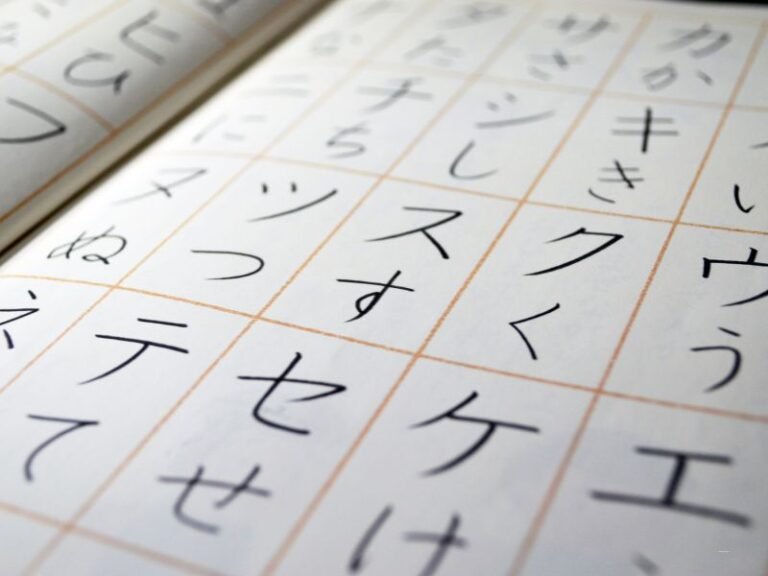Japanese Cars vs American Cars: A Traveler’s Eye-Opening Journey from Tokyo Streets to American Highways
Ever wondered why you barely see any American cars cruising through Tokyo? Or why Japanese cars dominate US rental lots? The Japanese cars vs American cars debate isn’t just about automotive preferences – it’s about completely different driving cultures. As a Japanese traveler who spent three years road-tripping across America, I discovered some surprising truths about both sides of this automotive divide.
The Big Question: Why Don’t You See American Cars in Japan?
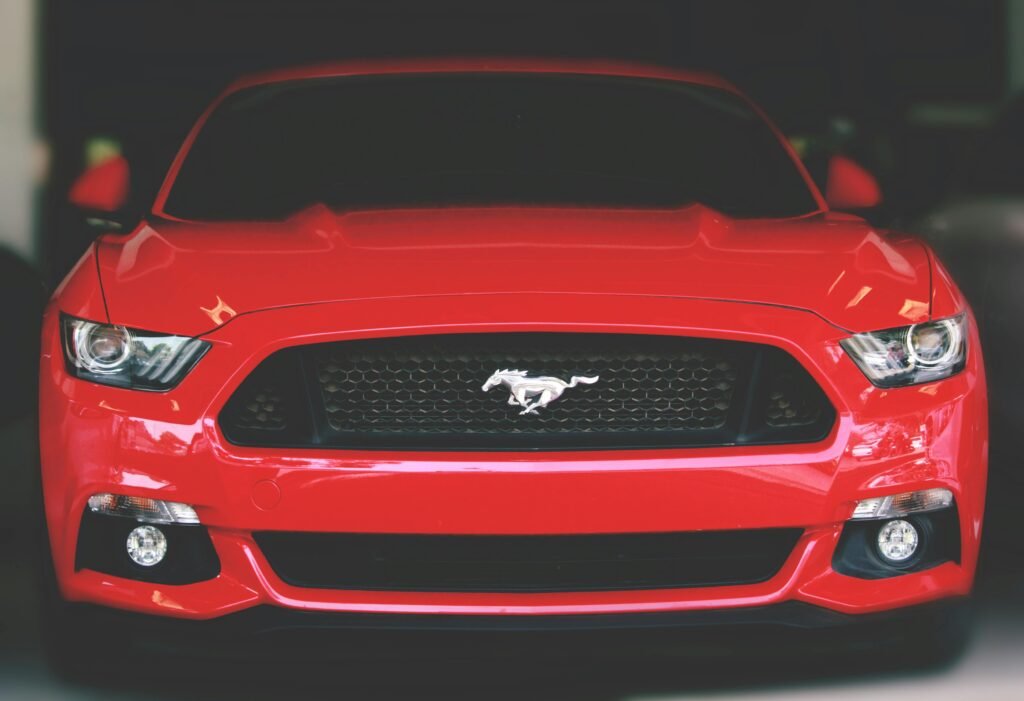
When American friends visit Japan, they always ask me the same thing: “Where are all the American cars?” It’s a fair question! If you walk through any Japanese city, you’ll see Toyotas, Hondas, and Nissans everywhere, but finding a Ford or Chevrolet is like searching for a needle in a haystack.
The short answer? It’s not what you might think.
A Brief History: When American Cars Actually Tried to Conquer Japan
Before diving into the why, let me share some history that younger readers might not know. American automakers did try to establish themselves in Japan – and for a brief period, it looked like they might succeed.
The Post-War Opportunity (1950s-1960s) In the decades following World War II, American car companies saw Japan as a promising market. Ford established Ford Motor Company of Japan in 1925, but it was really in the post-war era that serious attempts began. General Motors also made significant investments, hoping to capture Japanese consumers who were just beginning to embrace car ownership.
The Brief Golden Period For a short time, you could actually see American cars on Japanese roads. Ford, GM, and Chrysler all had dealer networks, and some Japanese consumers were genuinely curious about these powerful, spacious American vehicles. There was a certain prestige associated with owning an American car – they represented modern Western lifestyle and success.
Why It Didn’t Last But by the 1970s and 1980s, most American automakers had either scaled back dramatically or pulled out of Japan entirely. The reasons weren’t mysterious – they were practical and predictable, as you’ll see below.
The Real Reasons American Cars Struggled in Japan
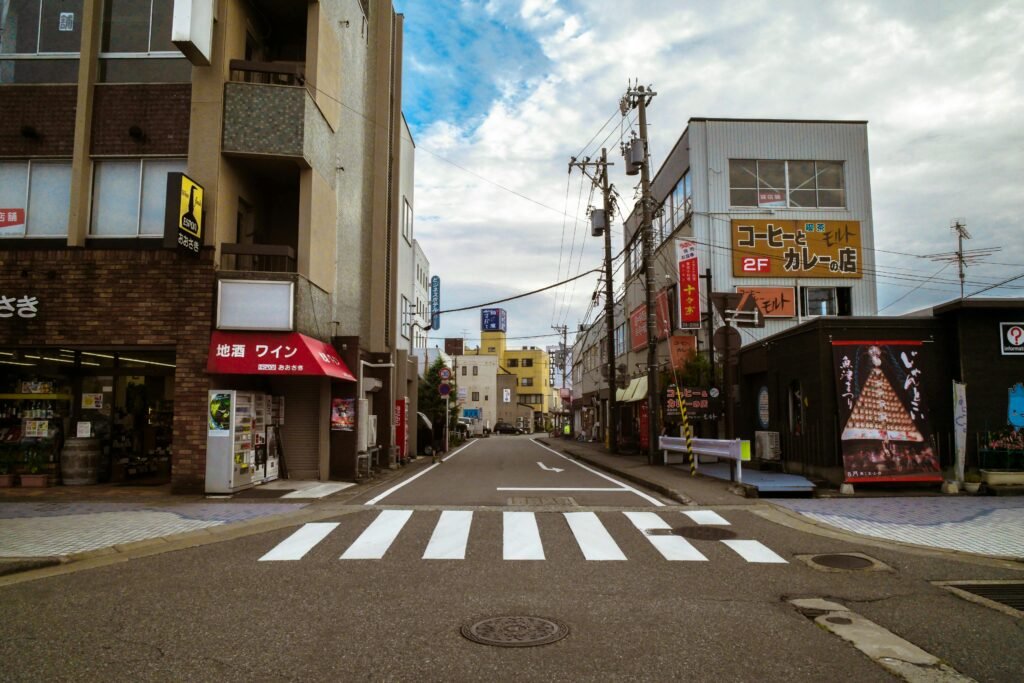
Road Infrastructure Reality Japan’s roads tell the whole story. Picture trying to navigate a massive Ford F-150 through the narrow streets of Shibuya or finding parking in downtown Kyoto. Our cities were built centuries before cars existed. The roads in Japan are narrow and winding. Also, we need to use it with pedestrians or bicycles. The streets are not separated for cars/Pedestrians. Small cars are suitable for the Japanese road conditions.
Economic Factors That Matter
- Fuel costs: Gas prices in Japan have historically been much higher than in the US
- Parking regulations: IThis one surprises most foreigners! In Japan, you literally cannot buy a regular car without first proving you have a parking space. You must go to the police, show evidence of your parking arrangement, and obtain a certificate called “Shako Shomei(車庫証明)” (garage certificate). Only then can you go to the car dealer and complete your purchase. It’s a legal requirement designed to prevent street parking chaos in our densely populated cities. Interestingly, Kei cars are exempt from this process, making them even more attractive for urban dwellers.
- Vehicle inspections (Shaken車検): Our mandatory car inspection system every two years favors reliable, efficient vehicles
- Kei car tax benefits: Smaller cars get significant tax breaks, making them incredibly practical for Japanese families
Cultural Preferences Japanese consumers have different priorities. We value:
- Fuel efficiency over power
- Reliability over style
- Compact size over interior space
- Practical features over luxury touches
It’s not that American cars are bad – they’re just designed for different needs and different roads.
A Japanese Traveler’s American Car Discovery: Japanese cars vs American cars
Now here’s where my story gets interesting…
The Cautious Beginning
When my family started traveling across America three years ago, I did exactly what most Japanese travelers do – I always rented the familiar Japanese cars. Toyota Camrys, Honda Civics, Nissan Altimas, trip after trip. Why? Pure reliability anxiety.
In Japan, we’re raised believing cars should be dependable workhorses, nothing more. American cars? Well, let’s just say they didn’t have the best reputation among my friends back home.
“Stick with what you know,” I told myself during those early rental experiences. “Don’t risk breaking down in the middle of nowhere.”
The Turning Point
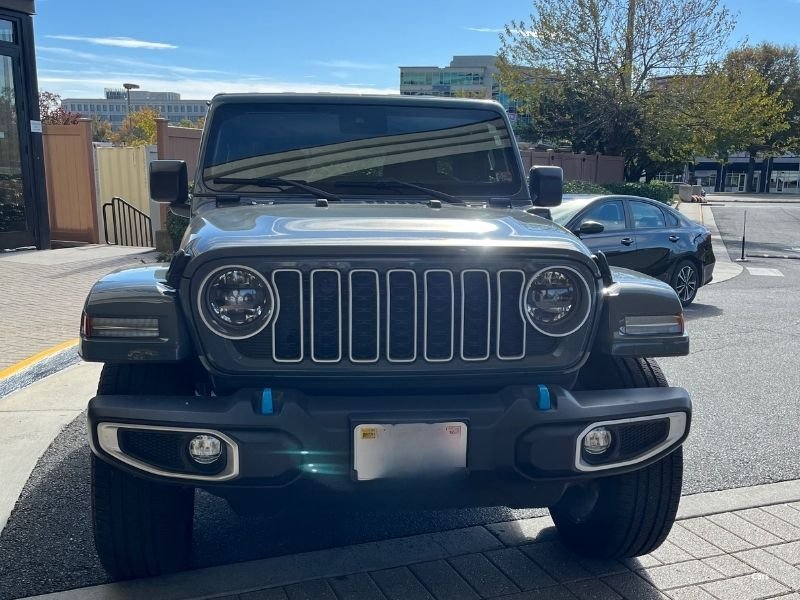
But after nearly a year of playing it safe, curiosity finally got the better of us. We were in Virginia, staring at the rental lot, when I spotted a bright gray Jeep Wrangler Sahara.
“You know what?” I told my husband. “We’re in America. Let’s try an American car.”
Over the following months, we experimented with the full lineup: Ford Explorer, Dodge Charger, Chevrolet Malibu, even a pickup truck in Texas.
The Pleasant Surprise
I’ll be completely honest – as Japanese drivers, our expectations weren’t high.
We were completely wrong.
Yes, the fuel economy wasn’t as impressive as our trusty Japanese rentals. But the experience? Absolutely incredible.
The powerful engines that made highway merging effortless. The bold, comfortable interiors that felt like living rooms on wheels. The commanding road presence that made us feel confident on those endless American highways.
For the first time, driving became entertainment, not just transportation.
What This Means for Travelers
For Japanese Travelers Visiting America
My recommendation? Step out of your comfort zone!
Try renting an American car during your US trip. Here’s why:
- Highway comfort: American cars are designed for American distances. That 6-hour drive to the Grand Canyon becomes genuinely enjoyable
- Interior space: Perfect for American-sized luggage and shopping hauls
- Cultural experience: You’ll understand American car culture in a whole new way
- Fun factor: The driving experience is genuinely entertaining
Pro tip: Start with mid-size American cars like the Chevrolet Malibu or Ford Fusion before jumping to bigger SUVs.
For American Travelers Visiting Japan
Embrace the Japanese car experience:
- City navigation: Compact Japanese cars make Tokyo traffic actually manageable
- Parking: You’ll actually find parking spots (a miracle in Japanese cities!)
- Fuel efficiency: Perfect for exploring Japan’s mountainous regions without breaking the bank
- Reliability: Focus on enjoying Japan, not worrying about car troubles
Special recommendation: Try a Kei Car for short trips!
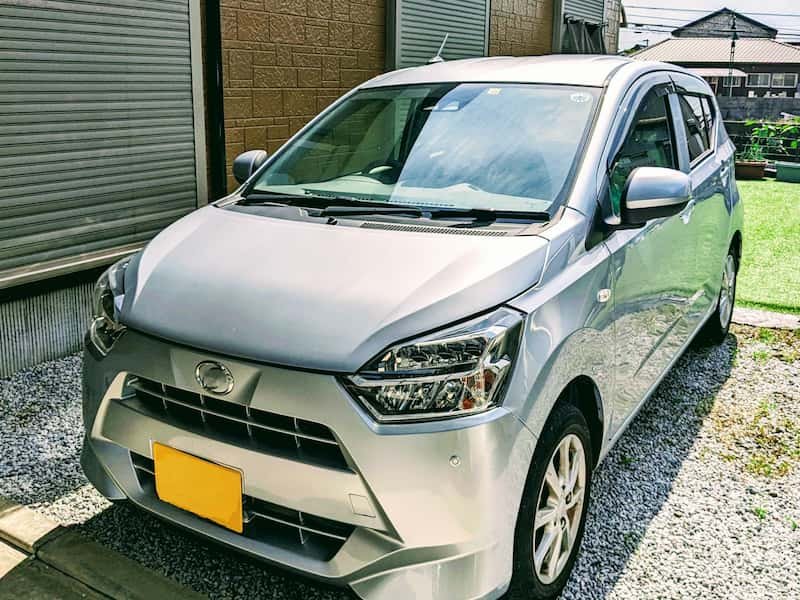
If you’re planning shorter drives within cities or day trips, I highly recommend experiencing Japan’s unique Kei car culture. These ultra-compact cars (like the Honda N-Box or Suzuki Wagon R) are uniquely Japanese and offer an authentic local experience. They’re incredibly maneuverable in tight spaces and give you a true taste of how most Japanese people actually drive.
However, if you’re planning longer highway drives or multi-day road trips, stick with regular-sized Japanese cars for better comfort and highway performance.
Need help with the actual rental process? Check out my complete guide on how to rent a car in Japan for American travelers for step-by-step instructions and insider tips.
The Cultural Insight That Changed My Perspective
This experience taught me something profound: American and Japanese cars aren’t better or worse – they reflect completely different values and environments.
Japanese cars optimize for:
- Maximum fuel efficiency
- Urban space constraints
- Long-term reliability
- Practical functionality
American cars optimize for:
- Highway comfort and power
- Interior space and luxury
- Driving enjoyment
- Open road performance
Neither approach is wrong. They’re just designed for different worlds.
Modern Exceptions to the Rule
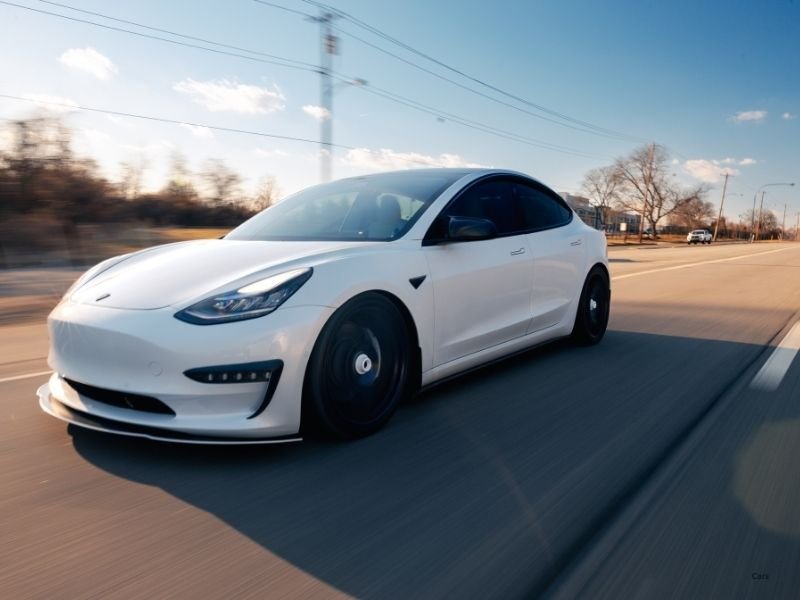
Interestingly, there’s one American “car” that’s actually succeeding in Japan: Tesla. Why? Because Tesla represents innovation and environmental consciousness – values that resonate strongly with Japanese consumers. Plus, their compact Model 3 fits Japanese road conditions much better than traditional American cars.
Final Thoughts: The Best of Both Worlds
After experiencing both sides, I have a new appreciation for automotive diversity. When I’m navigating Tokyo’s narrow streets or worried about fuel costs, nothing beats a Japanese car. But when I want to cruise down Highway 1 in California or tackle a cross-country road trip? Give me that American comfort and power any day.
The real winner? Travelers who get to experience both.
So whether you’re a Japanese traveler heading to America or an American planning to explore Japan, don’t stick with what you know. Try the local automotive culture. You might just discover a whole new way to enjoy the journey.
Have you tried driving different car cultures during your travels? Share your experiences in the comments below!
Related: Check out my previous post comparing Tokyo vs NYC travel experiences for more cultural insights from a Japanese traveler’s perspective.
